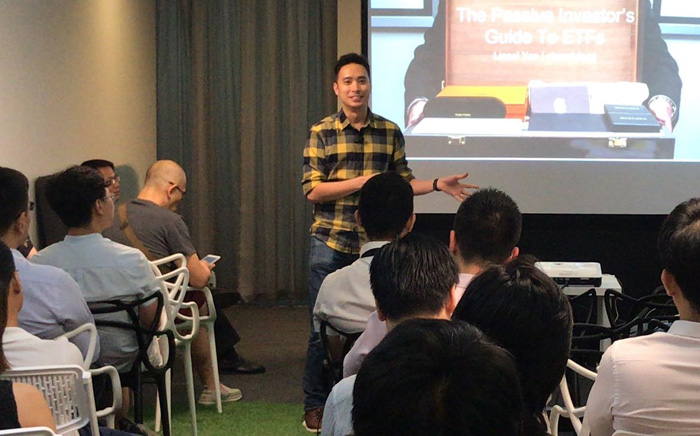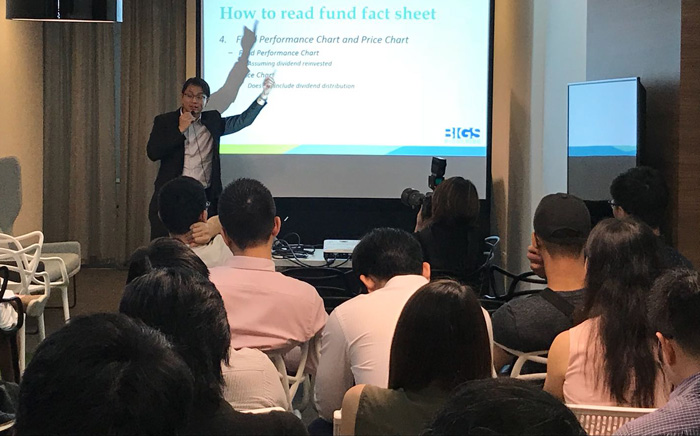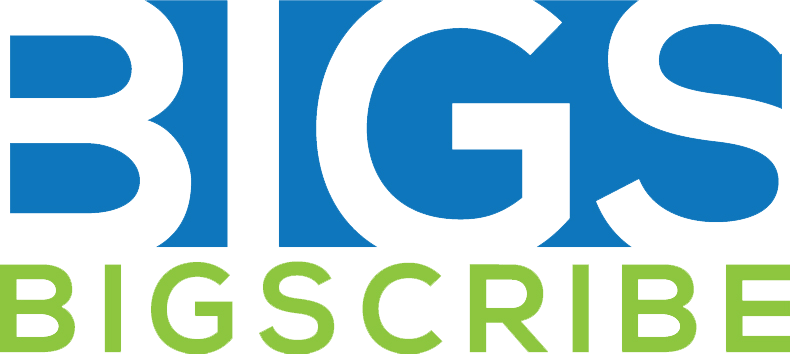Last Thursday evening, BIGScribe and NAV invited Louis from Dr Wealth and Lionel from cheerfulegg to share with the audience some basics on Exchange Traded Funds (ETFs) and Unit Trusts (UTs) and how to invest with these instruments.
Becoming a Passive Investor by Lionel (cheerfulegg)

The participants were able to learn from Lionel some of the positive and negative characteristics of ETFs.
They could relate very well with Lionel with his numerous and humorous analogies.
According to Lionel, the passive approach with ETF allows us to focus on the axioms of investing, which are:
- The market goes up over time
- Outperforming the market is difficult
- In investing, you also have to know how much effort you are willing to put into wealth building
- Cost matters in investing
Elaborating point number 3, he shared that although he is considered his own fund manager, the time he spent on his portfolio is just 30 minutes. Comparatively, a robo-advisor or unit trust manager may spend way more time.
Instead of thinking that investing requires hard work, the audience was shown an alternative where less effort is needed. One could choose to take the market returns through investing in a portfolio of ETFs and focus their time and effort at work.
A very common question that was asked by novice wealth builders is whether we should go for a managed account such as robo-advisor or manage a portfolio of ETFs ourselves.
Lionel lays out the good points and bad points of each implementation. This mainly depends upon:
- Convenience / Effort
- The amount of capital you have to deploy
- Your acceptance of extra fees
To show how simple it is to setup a DIY portfolio, Lionel demonstrated a step-by-step guide to build a ETF portfolio from scratch.
He also explains how you can determine your allocation, how much to get started, at what point do you start to dollar cost average in and how rebalancing is done.
Common misconceptions about Unit Trusts by Louis (Dr Wealth)

Louis reframed the narrative and explained some of the characteristics of Unit Trusts (UTs) that are commonly misunderstood.
The most common gripe about UTs are the high fees. Louis explained to the audience how they should read the fact sheet. He further explains the common misconception that while the sales charge can be up to 3-5%, it is common that the eventual sales charge, or asset under management fees one pay can be less than 1%.
Another good example Louis brought up is the difference between a price chart and performance chart. The difference between a price chart and performance chart can be very wide, if the unit trust pays out a dividend.
In the example given by Louis, the price chart shows a declining price. However, the performance chart is flat. In his example, if you factored in the 5% dividend yield, the whole investment is not losing money yet.
The last take-away is how the participants could construct an income-based UT portfolio. Particularly, what one should look out for in an anticipated rising interest rate environment. Louis brought to our attention the need to review a fund’s average duration.
Conclusion
The audience asked a few questions on how to get started in investing and received useful suggestions from both speakers.
The speakers also tried to guard the audience against the fallacy of knowing the experts’ allocation and then just blindly choosing them.
They explained that when one does not understand the investment, he could lose conviction when the market turns and then make investment decisions on the ETFs and UTs that are more detrimental than beneficial.
This event was held by BigScribe in partnership with NAV – Your Financial GPS
Targeted at novices in financial planning. NAV – Your Financial GPS is an initiative by DBS and POSB that aims to help customers navigate through life’s changes, uncertainties and opportunities.
NAV Hub is located in the central business district at Tanjong Pagar, and is the first of its kind to be set up by a bank in Singapore.
Attendees can enjoy free personalised financial planning sessions with the NAV crew, where they can learn more about their current financial health, as well as understanding their financial goals and how to achieve them. The sessions are free and by appointment only, with no-financial products being sold.
Sign up for a free session by clicking HERE!
